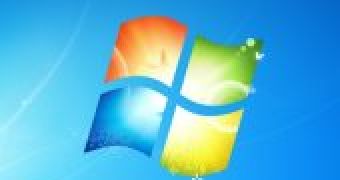While hard at work on the first service pack for Windows 7 RTM, Microsoft is also downplaying the relevance of the upgrade to customers. The company has already called Windows 7 SP1 just a minor upgrade, and the labels the software giant is using to describe the service pack are in no way improving. Most recently, during the Bank of America Merrill Lynch US Technology Conference, Tami Reller, corporate vice president and chief financial officer, Windows & Windows Live Division, revealed that Microsoft considered SP1 a very small event for Windows 7.
Obviously, the software giant is interested in keeping up the adoption momentum for Windows Vista’s successor. In the first half a year after launch, Microsoft has sold seven Windows 7 licenses per second, and passed the 100-million mark. Keeping up the momentum involves getting corporate customers to make the jump, as they control a large number of PCs, most of which run Windows XP.
But Microsoft is only telling the truth when it says that Windows 7 doesn’t need SP1. Furthermore, as the leaked versions of Windows 7 SP1 have shown, besides bringing a few new features mainly reserved for Windows Server 2008 R2 such as RemoteFX and Dynamic Memory, the service pack will not be a major evolution for the OS.
“The way to think about this for Windows is that it will be as Gartner, Forrester and others have noted, no need to wait for SP1. If you're an enterprise, Windows 7 quality is very strong and there's enough benefit, there's just no need to wait - that psychology of the past can be set aside for Windows 7. That's first and foremost the most important thing. Any updates that are happening with Windows 7 are real time - being pushed through Windows Update. So, therefore SP1 will be a very small event for Windows, and therefore, its timing is really not that critical for our Windows deployment,” Reller noted.
Traditionally, SP1 represented THE maturity milestone for the Windows operating system, and this holds true especially for business customers. Notoriously slow at adopting a new Windows release, enterprises waited for at least one year after the launch of the RTM, preferably after SP1, in order to start planning and executing migration to a new OS. Windows 7 has broken the mold in this regard.
I’ve already said it, but I’m going to say it again, customers need to think of Vista SP1 and Vista SP2 as all the service packs Windows 7 ever needed.

 14 DAY TRIAL //
14 DAY TRIAL //